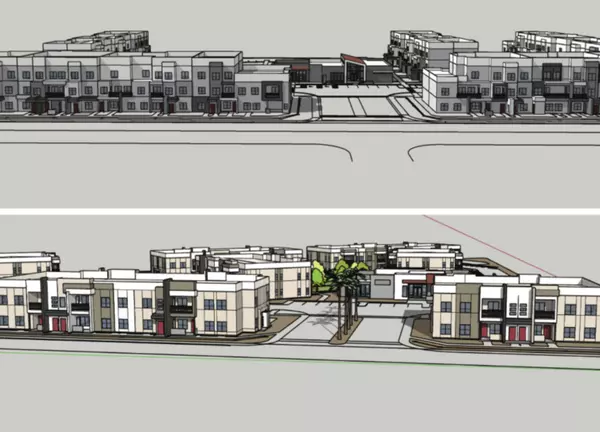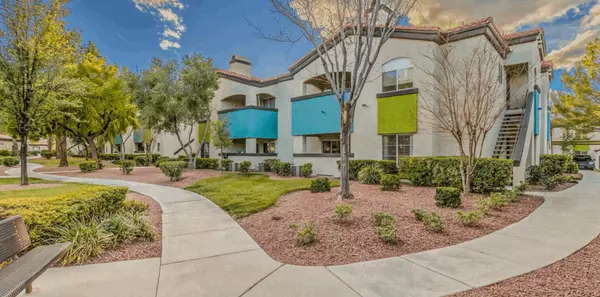Top Strategies Property Owners Can Use to Offset Rising Insurance Costs in 2025

Property Owners Explore Strategies to Offset Rising Insurance Costs

Insurance premiums are surging—and for property owners, especially in the multifamily sector, that shift is reshaping how investments are underwritten and managed. With 2025 ushering in higher operating costs, investors are seeking data-driven solutions to protect their bottom line.
Let’s explore the key strategies property owners can implement to mitigate the impact of rising insurance costs and maintain strong investment performance.
Analyzing Market Trends: What’s Fueling the Insurance Spike?
A recent 2025 report by the Federal Reserve Bank of Minneapolis highlights a dramatic increase in insurance costs across Minnesota, Montana, North Dakota, and South Dakota. Property owners managing nearly 45,000 units reported an average premium increase of 45%—with some experiencing even greater hikes despite having no recent claims.
Although the study centers on the Midwest, its insights resonate with investors across the country, including those in Nevada’s active multifamily markets like Las Vegas and Reno.
Understanding the Variables Behind Premium Hikes
Insurance cost increases vary based on several key factors:
• Property location and exposure to natural risks
• Building age and construction materials
• Implementation of safety and risk mitigation systems
• Availability of insurance carriers in the region
Nevada investors should account for these risk variables in their underwriting models and operational budgets to stay competitive.
Smart Strategies for Investors to Offset Insurance Cost Increases
1. Compare Insurance Quotes Across Multiple Providers
It’s no longer enough to renew your policy annually without question. Shopping the market can reveal:
•Competitive pricing
•New insurers entering the region
•Brokers offering portfolio-based discounts
Pro Tip: Work with brokers who specialize in multifamily insurance.
2. Adjust Coverage Terms to Align with Risk Tolerance
Many owners are choosing to:
•Increase deductibles to lower premiums
•Modify policy limits to ensure cost-effectiveness
•Bundle insurance policies for more favorable rates
While coverage modifications require careful risk management, they can deliver immediate cost relief.
3. Implement Physical Risk-Mitigating Improvements
Some owners are investing in upgrades to reduce claim potential, such as:
•Reinforced roofing and exterior cladding
•Upgraded fire alarms and sprinkler systems
•Enhanced building security measures
Though not always resulting in immediate premium discounts, these steps improve long-term insurability and tenant safety.
4. Conduct Regular Policy Reviews and Portfolio Audits
Annual reviews ensure that insurance aligns with:
• Property value appreciation
• Changes in tenant mix or occupancy
• Updated building codes or safety requirements
This proactive approach avoids coverage gaps and missed savings opportunities.
5. Collaborate with Specialized Insurance Brokers
Partnering with brokers who understand multifamily portfolios can provide access to:
•Tailored risk assessments
•Carrier relationships for complex properties
•Guidance on maximizing savings without overexposing risk
This is especially vital in dynamic markets like Nevada.
Nevada Market Implications: What Local Investors Should Know
While Nevada differs from the Midwest, the state is not immune to national insurance pressures. Property owners in:
•Las Vegas – where population growth and urban density may attract higher premiums
•Reno – where weather and elevation pose unique challenges
•Suburban markets – where aging stock may increase exposure
…must assess their risk profiles and implement tailored solutions to manage costs effectively.
🤔 Frequently Asked Questions (FAQs)
1. Why are insurance costs rising so quickly for multifamily properties?
Rising claims due to extreme weather, inflation in construction materials, and reduced insurer participation in some markets are contributing to premium hikes.
2. What is the average premium increase investors should expect in 2025?
The Minneapolis Fed reports an average increase of 45%, though some owners have experienced more based on location and risk exposure.
3. How can increasing deductibles help reduce insurance costs?
Raising deductibles lowers the insurer’s risk, often leading to a reduction in annual premiums—though it may increase your out-of-pocket expense during a claim.
4. Are risk-mitigation improvements always effective in lowering premiums?
While not guaranteed, upgrades can reduce exposure and may influence underwriters to offer better terms over time.
5. Should investors work with a national or local insurance broker?
Ideally both. National brokers offer scale and carrier access, while local brokers provide market-specific insights that can be crucial in volatile regions.
6. How can Nevada investors stay ahead of insurance-related challenges?
By conducting regular policy reviews, engaging proactive brokers, and aligning operational upgrades with risk reduction strategies tailored to local conditions.
📌 Conclusion: Strategic Insurance Planning Equals Resilient Investments
Insurance premiums may be rising, but with the right strategy, they don’t have to erode your returns. From reviewing policies to upgrading building systems and working with specialized brokers, investors who take a proactive stance are better positioned for resilience and long-term profitability.
As the landscape evolves, adapting your risk management playbook isn’t just smart—it’s essential.
Categories
Recent Posts










